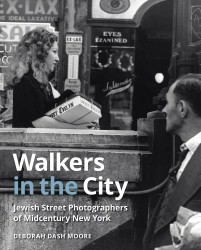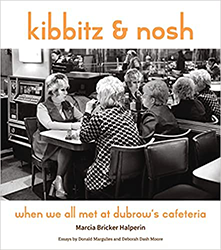Barbara Bloemink’s sweeping new biography of Florine Stettheimer provides rich details about her life and art, accented by over 130 color images of her work. Curator of Stettheimer’s 1995 retrospective at the Whitney Museum, Bloemink pairs a linear narrative of Stettheimer’s life with compelling interpretations of her art.
Born into “the hermetic, financially comfortable world of New York’s prominent German-Jewish” families on August 29, 1871, Florine came of age in Europe with her mother and two sisters after their father abandoned the family. Having lived for a time in Stuttgart, Germany and Paris, France, Florine returned to New York to study at the Art Students League. She and her family would continue to travel between New York and Europe before settling firmly in New York on the precipice of the First World War.
Stettheimer emerges in the biography as a feminist, both in her life and her work. A rich archive of material aids Bloemink in reconstructing Stettheimer’s days. Using some of the artist’s newly discovered poems, Bloemink animates Stettheimer as a vibrant, engaged, critical, and ironic thinker — rather contrary, in fact, to some later assessments of her as a shrinking flower. In detailing Stettheimer’s “Nude Self-Portrait” and other beautiful reproductions of her work, Bloemink describes Stettheimer as an “independent, fully conscious, self-confident modern woman” who, in her poems as in her art, challenges and even inverts the male gaze.
Stettheimer died in New York on May 11, 1944, after a lifetime of collaborating with other artists, poets, and cultural creators. Bloemink’s new biography is a wonderful contribution to her legacy.
Julie R. Enszer is the author of four poetry collections, including Avowed, and the editor of OutWrite: The Speeches that Shaped LGBTQ Literary Culture, Fire-Rimmed Eden: Selected Poems by Lynn Lonidier, The Complete Works of Pat Parker, and Sister Love: The Letters of Audre Lorde and Pat Parker 1974 – 1989. Enszer edits and publishes Sinister Wisdom, a multicultural lesbian literary and art journal. You can read more of her work at www.JulieREnszer.com.





